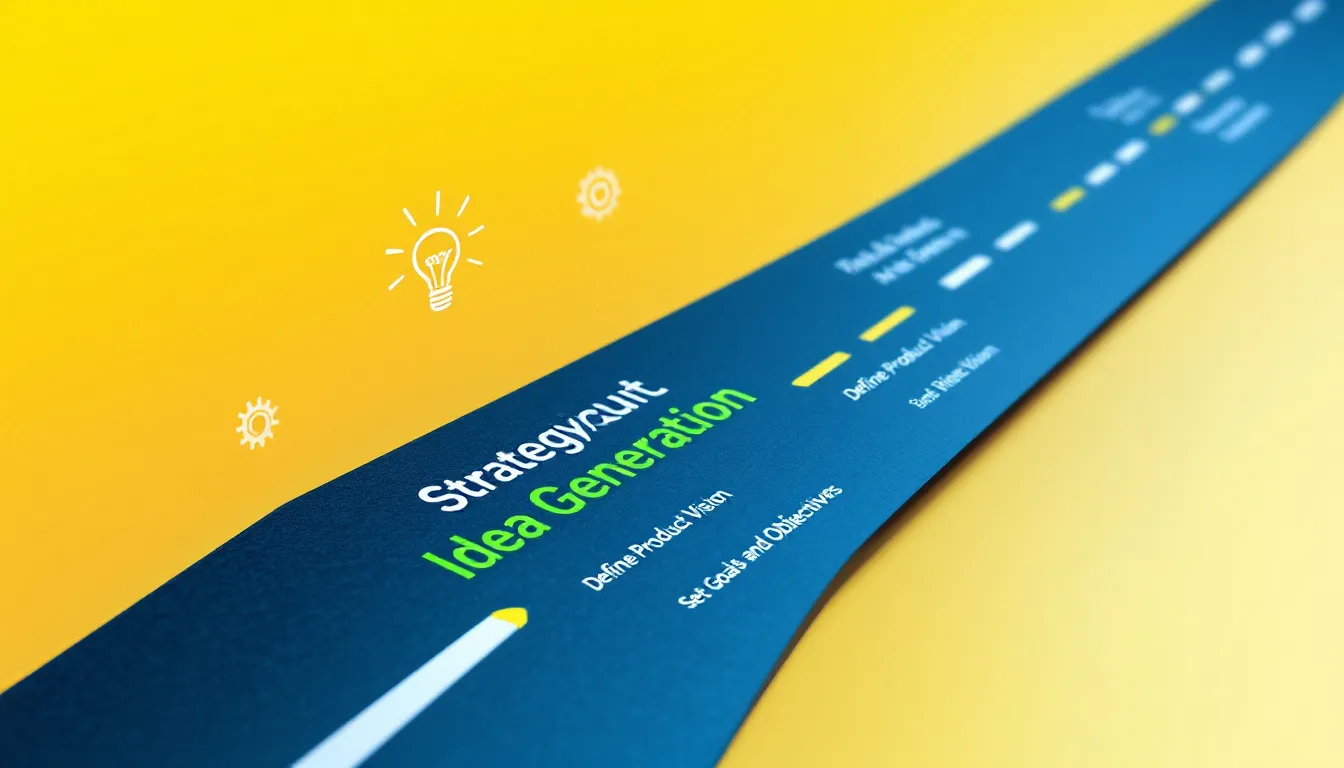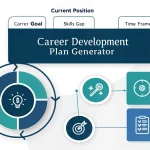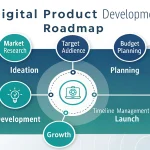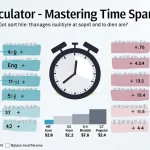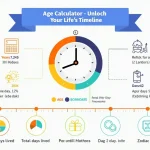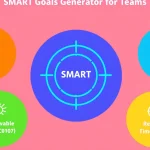Strategic Product Roadmap Generator
Generating roadmap...
Is this tool helpful?
How to Use the Strategic Product Roadmap Generator Effectively
The Strategic Product Roadmap Generator is a powerful tool designed to help product managers, entrepreneurs, and business leaders create comprehensive roadmaps for their products. Here’s a step-by-step guide on how to use this tool effectively:
- Product Name: Enter the name of your product in the first field. For example, you might input “EcoSmart Home Hub” or “HealthTrack Wearable”.
- Target Audience: Describe your target audience in detail. For instance, “Health-conscious millennials aged 25-40, living in urban areas, interested in fitness tracking and personal wellness optimization”.
- Product Goals: List the key goals and objectives for your product. An example could be “Reduce household energy consumption by 30%, integrate with 90% of popular smart home devices, and achieve a 95% user satisfaction rate within the first year of launch”.
- Time Frame (Optional): Specify the desired time frame for your product roadmap. This could be “18 months” or “2 years”, depending on your product’s complexity and market conditions.
- Key Features (Optional): List the main features or functionalities planned for your product. For example, “AI-powered energy optimization, real-time health monitoring, predictive maintenance alerts”.
- Generate Roadmap: Click the “Generate Strategic Product Roadmap” button to create your customized roadmap.
- Review and Copy: Once generated, review the roadmap in the results section. You can then use the “Copy to Clipboard” button to easily save or share your roadmap.
Understanding the Strategic Product Roadmap Generator
The Strategic Product Roadmap Generator is an innovative tool that leverages artificial intelligence to create comprehensive, tailored product roadmaps. It takes into account your product’s unique characteristics, target audience, and objectives to produce a strategic plan that guides your product development process from conception to launch and beyond.
Purpose and Benefits
The primary purpose of this tool is to streamline the product planning process, ensuring that all crucial aspects of product development are considered and addressed. By using this generator, you can:
- Save time and resources in the planning phase
- Ensure alignment between product features and market needs
- Identify potential challenges and opportunities early in the development process
- Create a clear, actionable plan for product development and launch
- Facilitate better communication among team members and stakeholders
Benefits of Using the Strategic Product Roadmap Generator
1. Comprehensive Planning
The generator takes into account various aspects of product development, including market analysis, feature prioritization, and marketing strategies. This comprehensive approach ensures that no critical elements are overlooked in your product planning process.
2. Time Efficiency
Creating a detailed product roadmap manually can be a time-consuming process. This tool significantly reduces the time required to develop a strategic roadmap, allowing you to focus more on execution and less on planning.
3. Customization
The roadmap generated is tailored to your specific product, target audience, and goals. This level of customization ensures that the roadmap is relevant and applicable to your unique situation.
4. Strategic Alignment
By considering your product goals and target audience, the generator helps align your product development efforts with your overall business strategy and market demands.
5. Risk Mitigation
The comprehensive nature of the generated roadmap helps identify potential risks and challenges early in the development process, allowing for proactive risk mitigation strategies.
6. Enhanced Collaboration
A clear, well-structured roadmap facilitates better communication and collaboration among team members, stakeholders, and departments involved in the product development process.
7. Adaptability
The generator provides a foundation that can be easily adapted as market conditions change or new insights emerge, ensuring your product strategy remains flexible and responsive.
Addressing User Needs and Solving Problems
The Strategic Product Roadmap Generator addresses several key challenges faced by product managers and entrepreneurs:
1. Lack of Structure in Product Planning
Many product managers struggle with creating a structured approach to product development. The generator provides a clear framework that guides users through the essential elements of product planning, ensuring a comprehensive and well-organized roadmap.
2. Misalignment Between Product Features and Market Needs
By requiring users to define their target audience and product goals, the generator helps ensure that the proposed features and development timeline align with market demands and user expectations.
3. Difficulty in Prioritizing Features
Feature prioritization is a common challenge in product development. The generator helps address this by considering the product goals and target audience to suggest a logical sequence for feature development and implementation.
4. Ineffective Resource Allocation
A well-structured roadmap helps in better resource allocation by providing a clear timeline and prioritization of tasks. This allows teams to allocate their time and resources more effectively throughout the development process.
5. Lack of Long-term Vision
Many product managers focus on short-term goals at the expense of long-term strategy. The generator encourages users to think about their product’s long-term objectives and how to achieve them systematically.
Practical Applications and Use Cases
1. Startup Product Launch
Consider a startup developing a new fitness tracking app called “FitTrack Pro”. Using the Strategic Product Roadmap Generator, they input the following information:
- Product Name: FitTrack Pro
- Target Audience: Fitness enthusiasts aged 18-45, interested in detailed workout analytics and personalized training plans
- Product Goals: Achieve 100,000 active users within 6 months, maintain a 4.5+ star rating on app stores, integrate with 80% of popular fitness wearables
- Time Frame: 12 months
- Key Features: AI-powered workout recommendations, social sharing capabilities, integration with wearable devices
The generator would create a roadmap that includes:
- Market analysis and competitor research (Months 1-2)
- Core feature development: workout tracking and analytics (Months 2-4)
- Beta testing and user feedback collection (Month 5)
- Integration with popular fitness wearables (Months 6-7)
- Development of AI-powered recommendation system (Months 7-9)
- Implementation of social sharing features (Month 10)
- Final testing and bug fixes (Month 11)
- Marketing campaign and official launch (Month 12)
2. Enterprise Software Enhancement
An established software company wants to upgrade their customer relationship management (CRM) system. They use the generator with the following inputs:
- Product Name: EnterpriseConnect CRM 2.0
- Target Audience: Mid to large-sized businesses across various industries, focusing on sales and customer service teams
- Product Goals: Increase user adoption by 40%, reduce customer churn by 25%, integrate AI-powered insights for better decision-making
- Time Frame: 24 months
- Key Features: AI-powered sales forecasting, omnichannel customer interaction tracking, customizable dashboards
The generated roadmap might include:
- User research and pain point identification (Months 1-3)
- UI/UX redesign for improved user adoption (Months 4-7)
- Development of AI-powered sales forecasting module (Months 8-12)
- Implementation of omnichannel tracking system (Months 13-16)
- Creation of customizable dashboard feature (Months 17-19)
- Beta testing with select customers (Months 20-21)
- Final refinements and performance optimization (Months 22-23)
- Launch of EnterpriseConnect CRM 2.0 with comprehensive training materials (Month 24)
FAQ: Strategic Product Roadmap Generator
Q1: How long does it take to generate a product roadmap?
A1: The Strategic Product Roadmap Generator typically produces results within seconds of submitting your information. However, the time you spend inputting detailed and thoughtful information will greatly impact the quality and usefulness of the generated roadmap.
Q2: Can I edit the generated roadmap?
A2: While the generator provides a comprehensive starting point, it’s recommended to review and adjust the roadmap based on your specific needs and insights. You can copy the generated roadmap and edit it in your preferred document editor.
Q3: How often should I update my product roadmap?
A3: Product roadmaps should be living documents. It’s recommended to review and update your roadmap quarterly or whenever significant market changes or new insights emerge that could impact your product strategy.
Q4: Can this tool be used for different types of products?
A4: Yes, the Strategic Product Roadmap Generator is designed to be versatile and can be used for various types of products, including software, hardware, services, and physical goods.
Q5: How does the generator prioritize features?
A5: The generator considers your product goals, target audience, and the list of key features you provide to suggest a logical sequence for feature development. However, you should always review and adjust the prioritization based on your specific market knowledge and business strategy.
Q6: Can I use this tool for multiple products?
A6: Absolutely! You can use the Strategic Product Roadmap Generator for as many products as you need. Each product will have its own unique roadmap based on the specific information you provide.
Q7: How detailed should my inputs be?
A7: The more detailed and specific your inputs, the more tailored and useful your generated roadmap will be. Provide as much information as possible, especially regarding your target audience and product goals.
Q8: Does the tool provide cost estimates for product development?
A8: The current version of the generator does not provide cost estimates. It focuses on the strategic planning and timeline aspects of product development. For cost estimation, you would need to analyze the generated roadmap and consult with your development team or financial experts.
Q9: Can this tool replace a product manager?
A9: No, this tool is designed to assist and enhance a product manager’s work, not replace it. The strategic insights, market knowledge, and decision-making skills of a product manager are still crucial for successful product development.
Q10: How does the generator account for market trends and competition?
A10: The generator creates a roadmap based on the information you provide about your product, target audience, and goals. While it doesn’t directly incorporate market trends or competitive analysis, these factors should influence the inputs you provide to the tool. It’s important to conduct separate market research and competitive analysis to inform your inputs and to review the generated roadmap in light of these external factors.
Important Disclaimer
The calculations, results, and content provided by our tools are not guaranteed to be accurate, complete, or reliable. Users are responsible for verifying and interpreting the results. Our content and tools may contain errors, biases, or inconsistencies. We reserve the right to save inputs and outputs from our tools for the purposes of error debugging, bias identification, and performance improvement. External companies providing AI models used in our tools may also save and process data in accordance with their own policies. By using our tools, you consent to this data collection and processing. We reserve the right to limit the usage of our tools based on current usability factors. By using our tools, you acknowledge that you have read, understood, and agreed to this disclaimer. You accept the inherent risks and limitations associated with the use of our tools and services.
